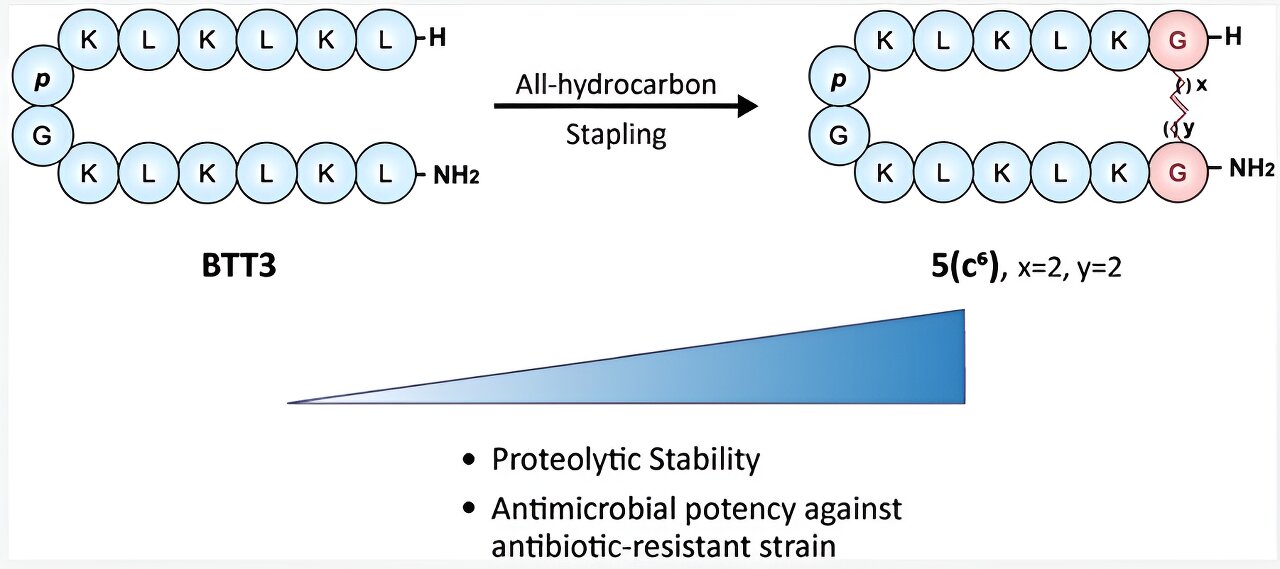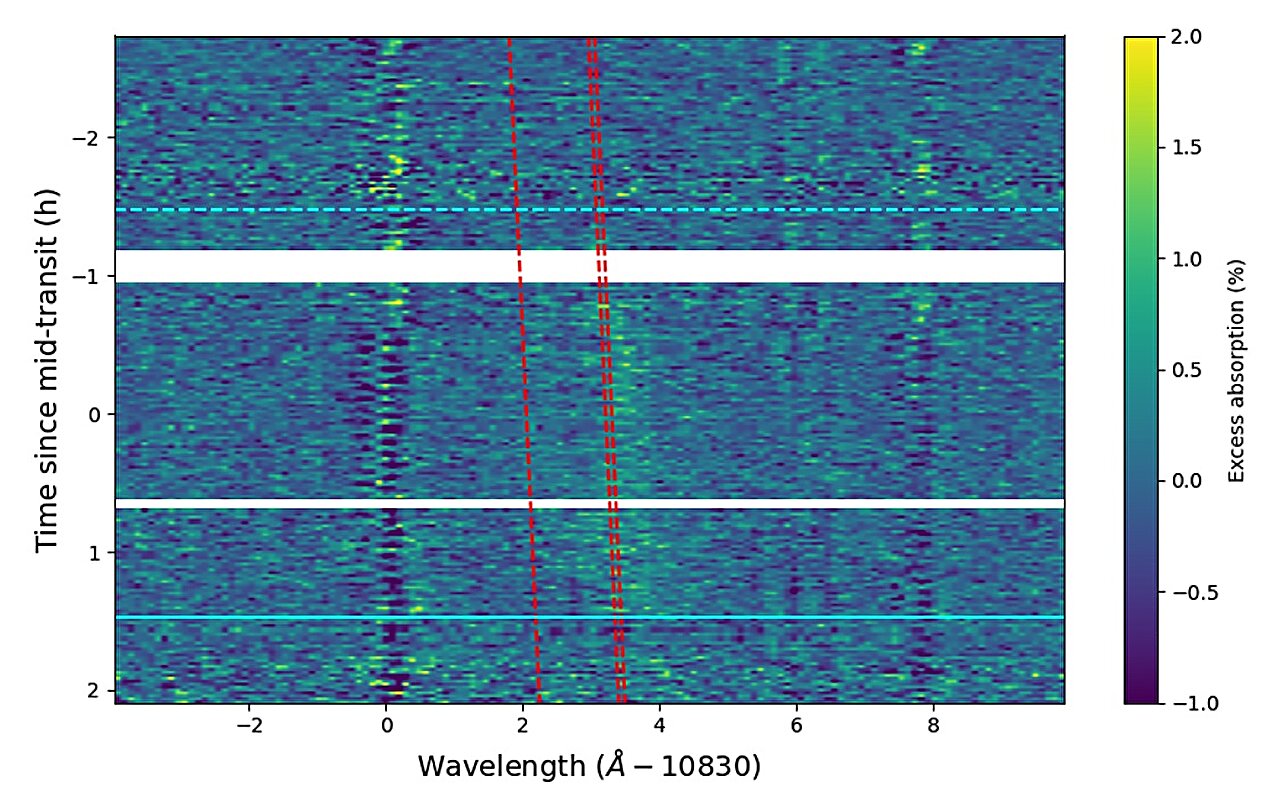Rice University chemists have made an exciting discovery – the tiny gold “seed” particles used in common nanoparticle recipes are actually gold buckyballs, spherical molecules made up of 32 atoms. These buckyballs are cousins of the carbon buckyballs that were first discovered at Rice in 1985. This revelation came after the recent synthesis of gold buckyballs, and it turns out that chemists have been unknowingly using these golden molecules for decades.
Carbon buckyballs, named after architect Buckminster Fuller’s geodesic domes, are hollow 60-atom molecules that have become part of the fullerene family. In 2019, Rice chemists Matthew Jones and Liang Qiao found that golden fullerenes are the gold “seed” particles used to create gold nanoparticles. This discovery has significant implications for understanding the mechanisms behind nanoparticle synthesis.
What makes this discovery even more fascinating is that the synthesis of gold nanoparticles from gold seed particles is a widely-used and incredibly simple method. It doesn’t require specialized equipment and can even be done by high school students.
The research team, consisting of scientists from Rice, Johns Hopkins University, George Mason University, and Princeton University, spent years gathering evidence to confirm their findings. Their results were recently published in Nature Communications.
Controlling the shape of nanoparticles is highly desirable as it affects their properties. For the past 20 years, researchers have been using gold seed particles to synthesize nanoparticles of various shapes, such as rods, cubes, and pyramids. However, until now, these seed particles were simply referred to as “particles.”
Jones and Qiao stumbled upon the presence of gold-32 molecules while conducting mass spectrometry readings. This discovery mirrors the way carbon-60 buckyballs were found. Interestingly, Jones holds the Norman and Gene Hackerman Assistant Professorship in Chemistry at Rice, while the late Richard Smalley, who shared the 1996 Nobel Prize in Chemistry with Rice’s Robert Curl and Harold Kroto, was a Hackerman chair in chemistry at Rice.
Confirming that the widely-used gold seed particles were actually gold-32 molecules rather than nanoparticles required extensive efforts, including advanced imaging techniques and theoretical analyses. Understanding the distinction between nanoparticles and molecules is crucial for comprehending the potential impact of this study.
Nanoscientists have made significant progress in synthesizing nanoparticles, but there is still a lack of mechanistic understanding in their synthesis. Jones envisions nanoscience to be like organic chemistry, where precise control over matter is possible. To achieve this, detailed mechanistic work is necessary to understand the starting materials and the formation process. This is the ultimate goal.








